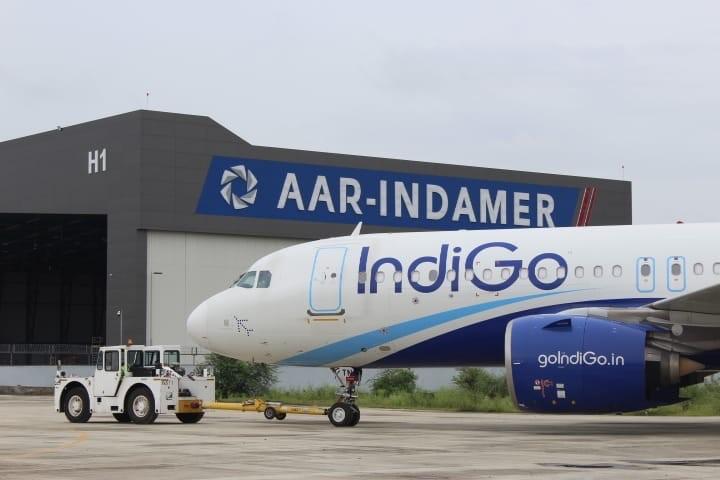
Rajeev Gupta, CEO of Nagpur-based AAR-Indamer Technics, discusses the company's formation and how it aims to increase business in India's growing domestic MRO market.
What are the benefits of this type of joint venture being established in India?
First, the biggest benefit is to be a local player in this hugely expanding market. Second, there was a requirement to establish a world class facility to cater to the leasing companies' requirements as the majority of Indian airlines' fleets are leased and works on a sale and lease back model. The JV can leverage the deliverance of AAR to the same lessors. This will put India on the world market as a world class quality MRO center. It will also open up aircraft maintenance opportunities for the Indian sub-continent, Middle East and Sub Sahara Africa region for narrowbody maintenance.
Why specifically in India?
India is a very vibrant and progressive aviation market. It has been growing at a phenomenal pace in the last 20 years. From the MRO spend prospective in aviation it is poised to become the third largest market in the world after U.S. and China. As part of growing their international presence and market, it was imperative that AAR would be a part of this growing market.
Financially, were there incentives from the country’s government who have looked to attract more MRO investment to India?
The Indian Government has been very supportive and are keen for the growth of this sector. They have opened special economic zones (SEZ) across the country to offer tax benefits to specific locations. Nagpur falls under MIHAN SEZ and that was one of the main reasons to base our facility there. The Indian Government has indirectly supported the MRO sector by reducing goods and services tax (GST) from 18% to 5%. Suppliers to SEZ have been listed as GST free which brings competitiveness to the MRO to compete on the international stage. Although there has been no financial support in terms of grants or cheaper loans or land, the Indian Government has offered enhancement of working capitals due to impact of COVID without providing additional collateral. The local Maharashtra Government has been supportive by building local infrastructure of taxiway, electricity supply and ease of local regulatory approvals.
How has the set up process been in terms of sourcing people and establishing capabilities?
India has always benefited from having a pool of highly trained English speaking technical manpower. If you look at majority of MRO in the Middle East region you will find good skilled Indian technicians at every company. Due to pandemic induced job losses in the Gulf and South East Asia, technicians and manpower have been impacted. Because of this we have been able to attract high quality experienced manpower to work with us. MRO capability comes from infrastructure, OEM technical publications, tools and manpower. We have built a brand new facility with emphasis on environment by harvesting rain water, solar panels for electricity and sewage plants to not put pressure on the existing local system. We have been able to sign agreements with OEMs for manuals and publication and have bought high quality original tools and as stated we have highly experienced manpower. With all these ingredients, helping to stablish capabilities has been a relatively easy process.
What are some of the targets of the JV set out by AAR and Indamer?
The target is to be able to attract a 50% Indian market share in the short term. We don’t want to focus solely on airlines in India but also focus on Indian sub-continent airlines, Middle East and Sub Sahara Africa region. One of the other major targets for us would be to participate in the defense sector for maintenance for the helicopter and transport fleet of the Air Force. As AAR has also has the defense portfolio for supporting supply chain and logistics solution as well as MRO to the defense world globally we would plan to take advantage of their expertise on capturing major defense work for western platform Indian government is procuring.





